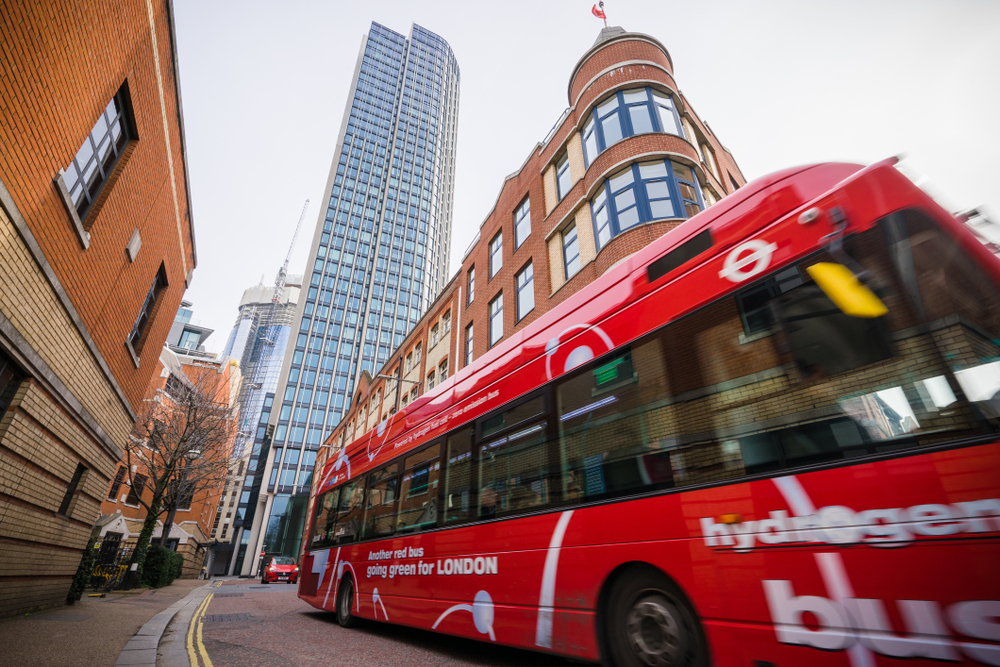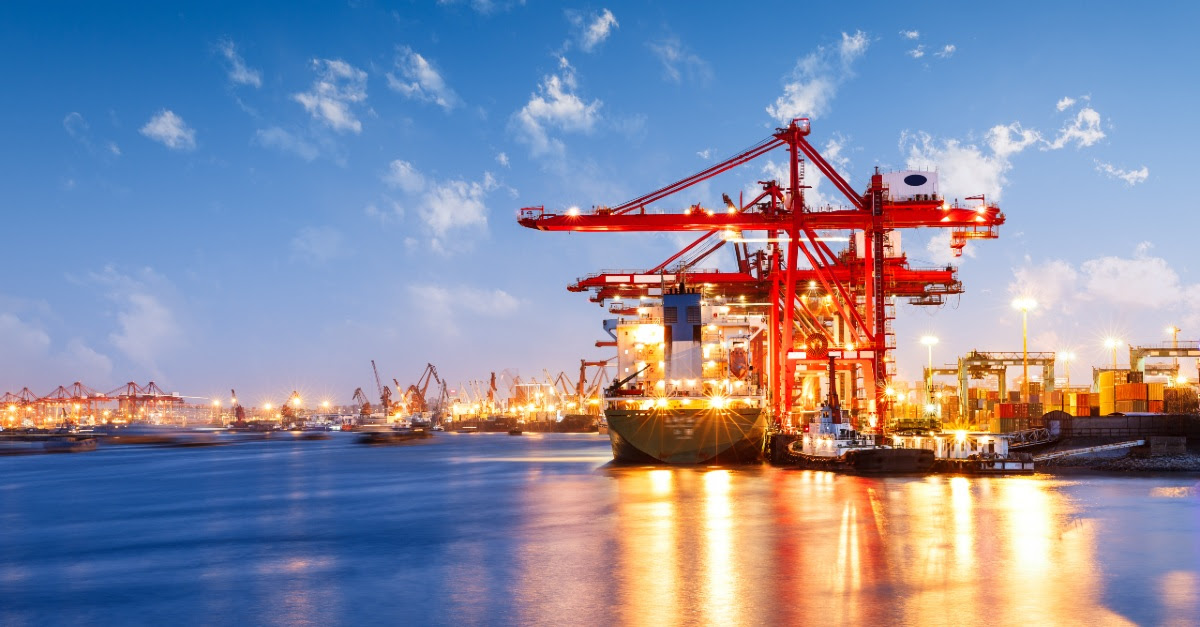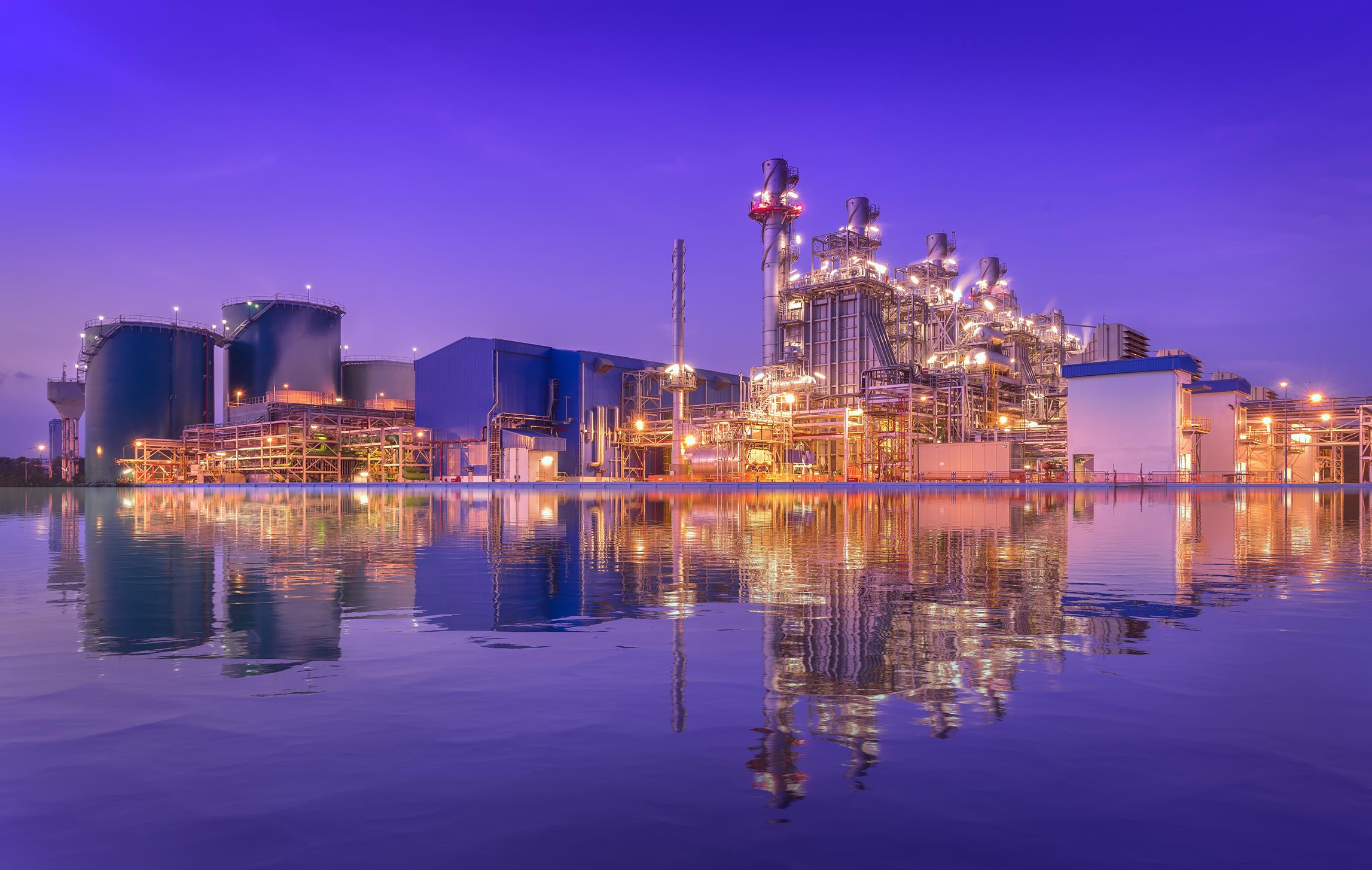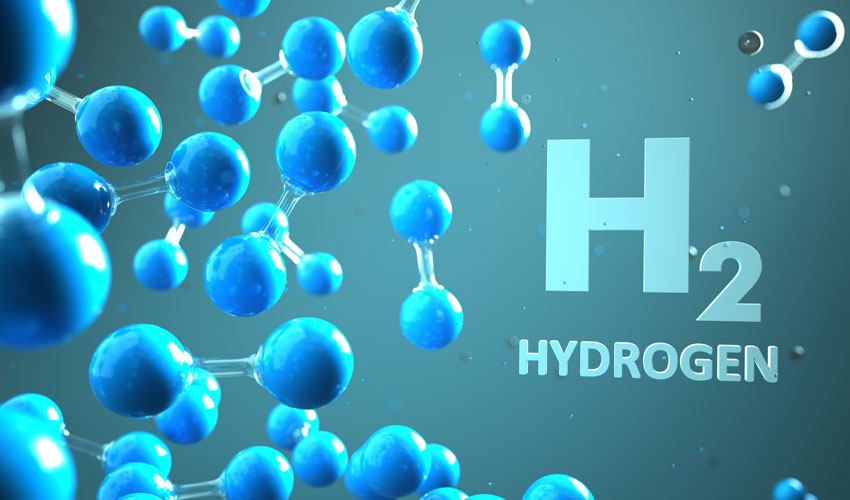As much as sceptics insist that the internal combustion engine (ICE) is dead and hydrogen is a non-starter, it appears that significant research and development is being conducted into the technology across geographies.
According to data and analytics company GlobaData China, despite being one of the world’s largest producers and market for electric vehicles (EVs), is actively exploring alternate energy technologies for automobiles to meet its sustainability goals, including hydrogen internal combustion engines (H2 ICEs) for commercial vehicles.
Kiran Raj, Practice Head of Disruptive Tech at GlobalData, comments: “As ICE technology is predicted to be slowly fading away, there has been a boom around H2 ICE in China to combat pollution and climate change. Such developments are happening at par with hydrogen production, charging infrastructure, and hydrogen fuel cell-powered vehicles (FCEVs) to scale up to the requirements of a greener environment.”
Abhishek Paul Choudhury, Senior Disruptive Tech Analyst at GlobalData, comments: “Generating hydrogen, especially green hydrogen, is a costly business but with government support, domestic firms are developing hydrogen-compatible ICEs for large commercial vehicles dubbed ‘hydrogen internal combustion engine vehicles’ (HICEVs). These engines offer zero vehicular emissions, quick charging, and better ranges. But on the flip side, they are complex and expensive to build and maintain while having safety concerns.”
GlobalData’s Innovation Explorer database highlights innovations in China that are accelerating the development of H2 ICE technology.
China Yuchai
China Yuchai International (China Yuchai) launched its first operating hydrogen engine ‘YCK05’ for China’s commercial vehicle market. The hydrogen-powered engine leverages advanced technologies, including high-pressure multi-point input air injection, high-efficiency low-inertia turbocharging, and high-efficiency lean burn combustion. Its design improves the engine structure as well as its supporting systems like the combustion and gas distribution systems.
FAW
FAW Group (FAW), through its subsidiary FAW Jiefang, developed the first domestic heavy-duty commercial vehicle direct-injection H2 ICE. It is a 13L heavy-duty engine that can run with a power of more than 500hp. With a four-cylinder engine with a displacement of 2L, an indicated thermal efficiency of around 55%, and a turbocharger, the engine offers dual fuel injection of hydrogen and ammonia, which can be flexibly converted into hydrogen and other net zero-carbon fuel products.
GAC
GAC Motor (GAC) tested a hydrogen combustion engine that has a high thermal efficiency of 44%. It also includes an upgraded hydrogen supply system that increases power density and lowers the possibility of hydrogen leakage. The new engine seemingly has better heat dissipation capabilities which reduce the risk of combustion.
Weichai Power
Weichai Power partnered with China National Heavy Duty Truck (Sinotruk) to release China’s first commercial H2 ICE truck under the Yellow River brand. Weichai Power created the vehicle’s 13L H2 ICE, whose commercial applications include ports, cities, power plants, steel mills, industrial parks, and other unique transportation environments.
Choudhury concludes: “China aims to achieve the carbon peak by 2030 and carbon neutrality by 2060 at a time when green and low-carbon development has come to be accepted worldwide. With government traction via subsidies, it is safe to assume that the Chinese market for H2 ICE is going to expand in the future.”





